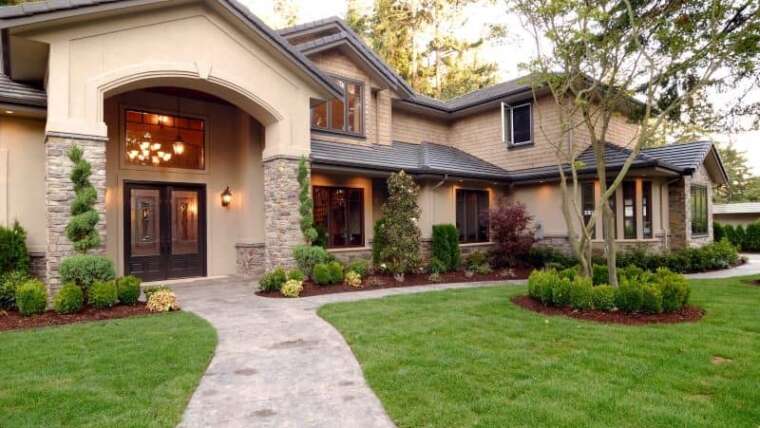Over 600 children and adults drown in pools annually, according to the National Safety Council. One of the safety measures they suggest taking is a non-slip deck around any wet surfaces.
Installing pavers around pool areas is a great way to ensure a well-decorated yard and safety for anyone who is going to be using it. What do you need to know before getting started, though? Luckily, we’re here to help you out.
Read on to learn everything you need to know about pool pavers.
Choose the Right Ones
Pavers come made in a lot of different materials. You’ll have plenty of design options to choose from, but you’ll also have to narrow those choices down.
One of the biggest things to remember is that these pavers are going to be wet most of the time. You want to make sure you’re looking for pavers that can withstand those conditions, but you also want to ensure you’re thinking of the people that must walk across that surface without shoes on.
Rough pavers are great for non-slip materials but too rough and they can injure someone. Smooth ones are easier to walk on, but they’re also a larger slip hazard. Finding a decent middle ground is important.
How Big Is the Area?
You’ll also need to consider the size of the area you’re paving. How much of your yard is it going to take up? Is there enough room for your deck?
This is going to be the biggest factor when you’re paving around your pool, and it’s going to play a big part in your project’s overall budget. Consulting with a professional for this step is a great way to ensure you truly understand the amount of time and work going into the project, and to ensure you have enough money set aside.
Landscaping
This might be the last thing you think about, but landscaping around your pavers and pool is actually essential to your yard’s overall health. It can have a big impact on your yard and its structure, and it’s important to ensure you consider how the surrounding landscape might look after your pavers have been put in place.
Once your installation is complete, this could be a great opportunity to play around with new lighting or to even add planters to the deck if you lost out on some green space during your installation. If your yard isn’t that private, this is also a great time to plant new hedges or other greenery that could help you change that.
Things to Consider
What are the major things you should consider when you’re picking the actual pavers, though? This is going to depend on a few things, but it’s crucial to take everything into account when you’re choosing your pavers and their materials.
Temperature
Did you know that, on a sunny day over 100 degrees, a lightly-colored clay paver can reach up to 150 degrees? Even on cooler days, pavers can still get really warm.
Now, imagine walking across that after you jump into a cool pool. Not only is it going to send you running for shade, but it has the potential to lead to some serious injuries.
That’s where having pavers that don’t retain heat — like travertine or granite — is going to be a big help. If you still spring for a budget option, there are deck coatings you can purchase and use to paint over your pavers to combat this issue.
Appearance
Pavers are going to help give the patio, deck, or even pathways around your pool a new look, and they’re going to breathe new life into your entire yard. It’s important to ensure you choose an option that fits your space and the look you’re aiming to create in it.
Durability
It’s important the pavers you choose for around your pool are durable. Your options are going to change depending on whether your pool is freshwater or saltwater and based on the look you’re going for.
Knowing which materials would be best suited for your pool and the specific situation is the best way to get ahead of this step and get to the fun part — enjoying your new deck.
Non-Slip
Non-slip pool pavers are important to have on hand, as you never know what accidents may or may not happen. If you know children are going to be in your pool area a lot, it’s even more important to take this step.
Budget
Lastly, you need to consider your budget. Having one set before you begin exploring your options and planning your build is essential. It’s going to keep you from shopping outside of your price range and falling in love with a material you can’t afford.
If you opt for luxury pavers, remember they’re going to be more expensive than materials like concrete or clay. If you aim for specialized materials, it might also cost more to have those materials repaired if things happen.
Overall, sitting down and creating a list of different things you need to get out of your pavers can help a lot with this step.
Ready to Install Pavers Around Pool Areas?
While there are plenty of options out there when it comes to pavers around pool areas, it’s important to ensure you’re considering safety first, and everything else second. No matter what you’re on the lookout for, you’re guaranteed to find an option that not only suits your needs but also makes sure pool time doesn’t turn into a trip to the doctor.
That’s where we come in. Contact us today to get started.



